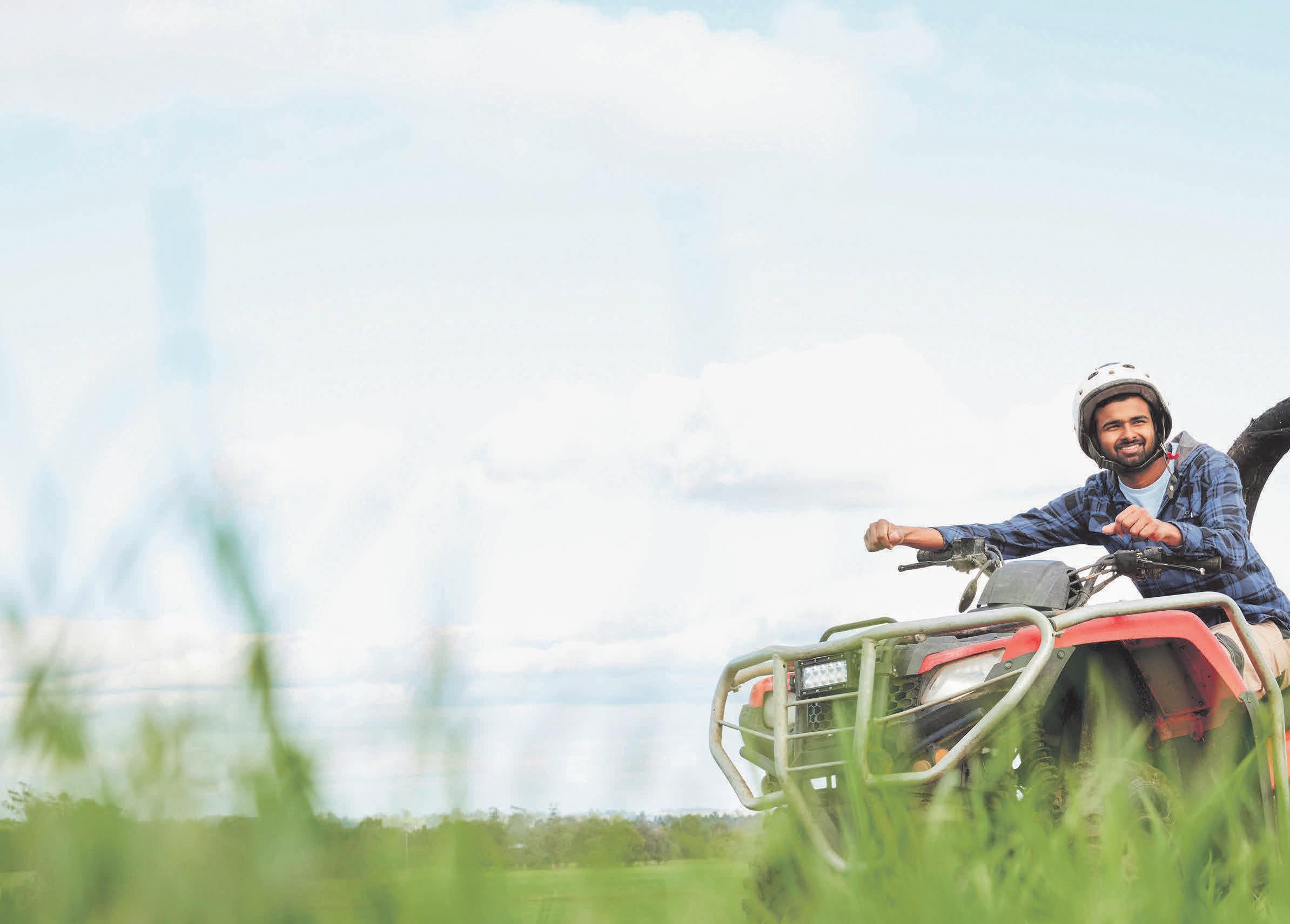MURRAY REGION



Merrigum dairy farmer Jane Snell says the Australian dairy industry can learn a lot from its counterpart across the Tasman. Page 7.




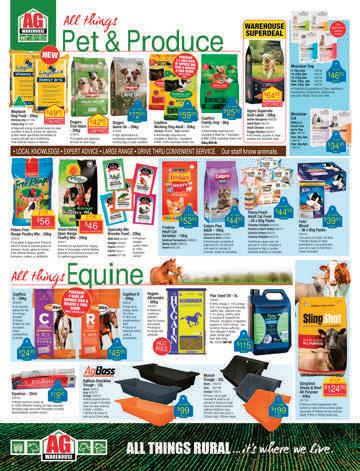

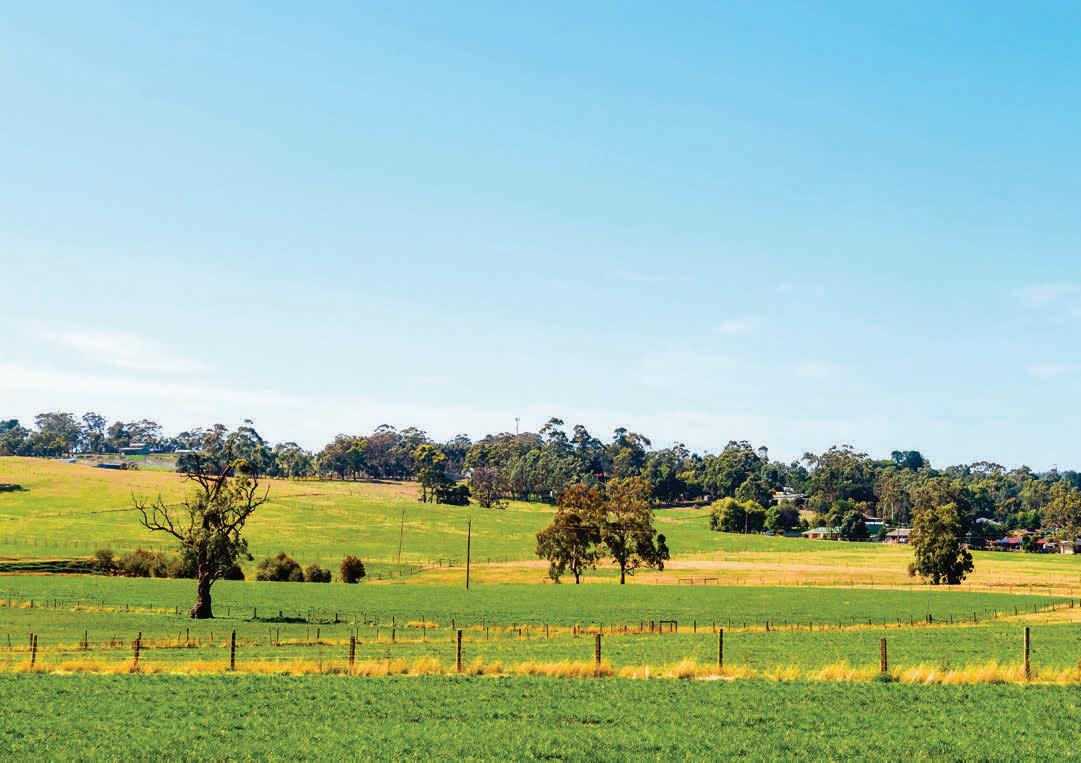

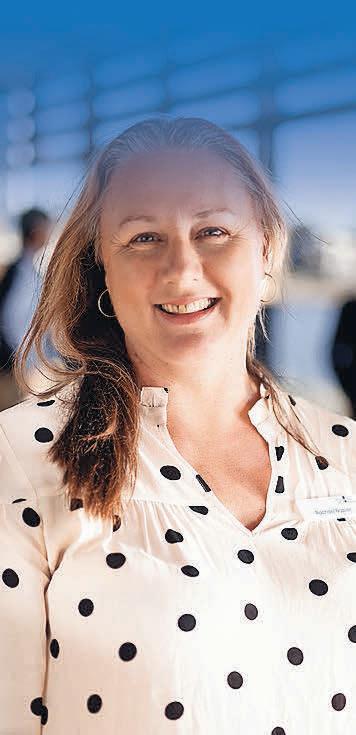

HERE WE are again, about to hit the halfway mark for the physical year, and entering a new financial year.
This means of course, it’s the silly season for milk price announcements.
While there is always plenty of speculation for positive and negative potential outcomes, try to focus on what matters to your business.
What was your 2023-24 milk price? How has that reconciled with your budget at the pointy end? And how will a price change in either direction reflect your 2024-25 reconciliation?
As I write this, the autumn has been dry so far (although the current forecast is finally for some double-digit rainfall).
Water price and availability has meant that we have been able to ‘make our own autumn’.
This of course has had pros and cons, but apart from sleepless nights and purchasing more DE’s, it’s not been that bad.
In May we had a Dairy Australia executive tour of the region.
This saw two combined RNG meetings at Echuca and Shepparton with a great panel of young farmers from various situations.
It was also a chance to meet some farmers on their own soil and tour some amazing




It’s time to think about next season’s milk prices.
farms and facilities.
It’s a credit to farmers in general to see different systems thriving, and the positivity and adaptation to both circumstances and opportunities.
The Young Dairy Network is thriving — this gives me confidence for the future of dairying in our region.
The next generation of farmers are tech-savvy creative thinkers, and they’re not all farmers’ children.
Hopefully all the summer crop is off and away, the winter crops are growing and all we’ll have to deal with over the winter is a bit of moisture.
Time to have one last chance at fixing problem farm tracks to keep the cows’ feet comfortable, consider some strategies for milking in the wet (you never know) and stoke the fire.
– Rachael Napier is the Murray Dairy chair.

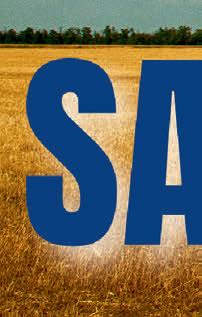
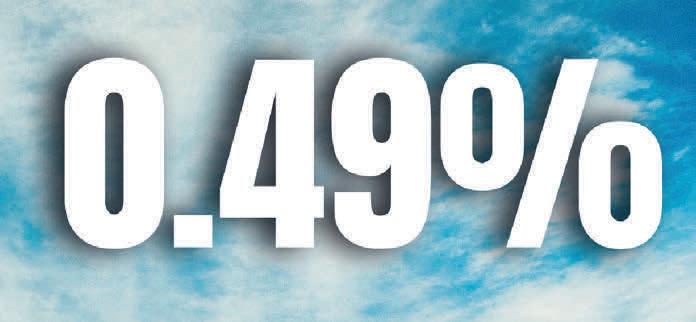

























MANY DAIRY farmers are increasingly incorporating winter and summer forages into their feedbase rotations.
In a drive for efficiencies we are seeing intensive double cropping forage rotations that use the same species in the same paddocks year-in and year-out.
This makes sense when chasing high volumes of quality feed, but doesn’t come without some risks.
Experience from the grains industry shows these types of simple rotations can lead to issues around weeds, pest and disease and soil health impacts which can, over time, lead to production penalties.
As part of the C4 Milk program — a threeyear partnership between Murray Dairy, Dairy Australia, the Gardiner Foundation and the Queensland Department of Agriculture and Fisheries — we will be looking at the cropon-crop effects (quality, yield, agronomic and environmental) of common rotations in intensive fodder systems.
With any farming system, single year production only tells a very small part of the story.
By understanding the cumulative effect over multiple years of intensive cropping we can determine the agronomic and economic impact of systems and understand what stacks up year after year.
How important are break crops in these systems to ensure the whole farm is productive all the time?
The focus of this project is on intensive cropping feedbase systems, but the implications will be of note to the full gamut of dairy systems in the Murray region.
Murray Dairy is heading up the C4 Milk project.
It was developed out of the outcomes of previous Murray Dairy projects that have tracked changes to inland dairy farm systems and the increased utilisation of grain crops for fodder.
These include the Accelerating Change project (2018) and the Fodder for the Future project (2023).
Summer and winter grain crops are increasingly of high value in the region due to their ability to grow a bulk of quality feed to either directly graze or conserve for future feed gaps, and their increased water use efficiency.
Experiments are being carried out by two field research organisations at two locations in northern Victoria — a dryland site near Mitiamo by the Birchip Cropping Group (BCG) and an irrigated site near Kerang by the Irrigation Farmers Network (IFN).
They are testing the impacts of break crop strategies (for example, single or double) and the types of crops used.
The break crop strategies are implemented over the first three seasons — winter 2024, summer 2024 and winter 2025 — with the second winter hosting the main break crop type treatments.
The impacts of both the strategies and the crop types are then tested over the following seasons (summer 2025 onwards).
Treatments will be replicated four times.
By working directly with BCG and IFN, the project will have access to local trial sites as well as the latest up-to-date information and experience relating to crop rotations from the grains industry.
The aim of the double break crop treatments is to boost potential effects on subsequent crops and improve our ability of seeing effects over a short timeframe.
This is being achieved in two ways — consecutive winter break crops (2024 and 2025)
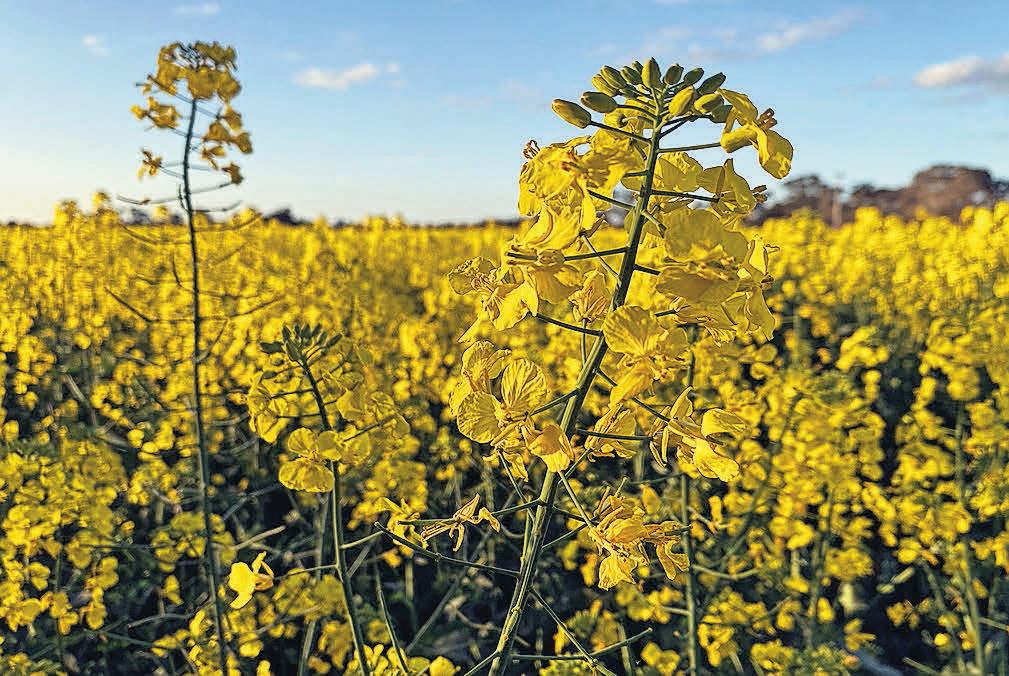
at both sites, and consecutive season break crops (summer 2024 and winter 2025) at the irrigated site.
The dryland site (Birchip Cropping Group) can grow one crop per year over winter and is fallow over summer due to lack of rainfall.
It will have eight treatments — two break crop strategies of four break crop types.
The break crop strategies are single and double. The break crop types are barley (control), vetch, canola and oats.
The crop sequences for each of the eight treatments over the multiple years are shown in the top table.
The irrigated site (Irrigation Farmers Network)
can double crop (grow summer and winter crops) and will have nine treatments (three break crop strategies of three break crop crop types).
The break crop strategies are single, double (winter-winter) and double (summer-winter). The break crop types are wheat (control), vetch and canola.
The crop sequences for each of the nine treatments over the multiple years are shown in the bottom table.
Outcomes from this project will be shared with dairy farmers and fodder producers through a number of field days, crop walks and information resources.
For more information, contact Murray Dairy research and innovation coordinator Yvette Williams at: yvettew@murraydairy. com.au


 BY SOPHIE BALDWIN
BY SOPHIE BALDWIN
CONDENSING THE calving pattern has meant there is a lot more action over a short period of time for Rochester dairy farmers Jess and Andrew Rushton.
And investing in a new calf shed has enabled the family to better cope with the influx.
The 280-cow Jersey herd is calved twice a year over autumn and spring, with a 50:50 split.
The 12m x 8m shed was built in 2022.
“Rather than drag out the calving period for 12 to 15 weeks like we used to, we now have an intense six-week period so we needed to update our facilities,” Andrew said.
“We wanted our new shed to have good air flow and provide the calves with protection from the elements.
“We get a lot of our bad weather from the north and west and it was important for the health of our calves to get that covered.
“We have to ensure there is adequate bedding (wood shavings) so it doesn’t get to cold on the concrete in winter.”
All newborn calves are taken to the shed and housed in individual pens where they are fed colostrum upon arrival.
Andrew recently purchased some Calf-Tel pens from Daviesway — a free-standing, modular indoor pen system that interlocks back-toback and side-to-side.
The pen set-up ensures there is no physical contact between calves, which also helps prevent transmission of sickness through the shed.
The pens have a window that can be opened up at the back to help with airflow and Andrew particularly likes the fact the feed and water troughs sit outside the pen.
All individual pens are cleaned out before a new calf comes in.
Prior to the Calf-Tel investment, calves were housed in pens welded up by Andrew’s dad
which served their purpose, but didn’t isolate the calves individually.
“I had been looking around for quite a while for other options and I had seen the Calf-Tel system working overseas,” Andrew said.
“After a bit of investigation I ordered a few pens in and I have been very happy with the results.”
The Rushtons also purchased a Daviesway milk taxi to help keep consistency in milk temperature. The taxi is pushed between the pens and means no more lifting heavy buckets.
The newborn calves are fed 1.5 to two litres of milk, twice a day.
After a couple of weeks they are moved across to the auto feeder where they remain until weaning.
The auto feeders are programmed to feed the calves five litres over a 24-hour period, but no more than 1.5 litres at a time.
A probiotic powder is also added to the milk.
All calves have access to fresh water, a grain mix and fresh cereal hay.
Andrew said investing in a good calf set-up to give the best possible start to the calves ensures the future of the herd.
“Our calving period is a lot more intense these days so we just need to make things as easy as we possibly can.”
The Rushtons have a milking platform of 80ha, backed up by 130ha of dryland used for cropping and young stock.
They rely on genomic testing to identify what cows they wish to breed from; the bottom 10 per cent of the herd is always joined to beef.
Sexed semen is used on all animals joined in the first round, conventional semen for round two and then beef for anything else that returns for a third time.
Andrew AIs the cows morning and night over a nine-week period.
“We no longer use herd bulls so it is a busy time, but it works well for our system,” he said.

 Eventually the whole shed will contain the Calf-Tel pens and the old welded pens will be taken out.
The milk taxi avoids carting heavy milk buckets and helps keep the milk temperature consistent.
Andrew Rushton with son Brodie on their Rochester dairy farm.
Eventually the whole shed will contain the Calf-Tel pens and the old welded pens will be taken out.
The milk taxi avoids carting heavy milk buckets and helps keep the milk temperature consistent.
Andrew Rushton with son Brodie on their Rochester dairy farm.

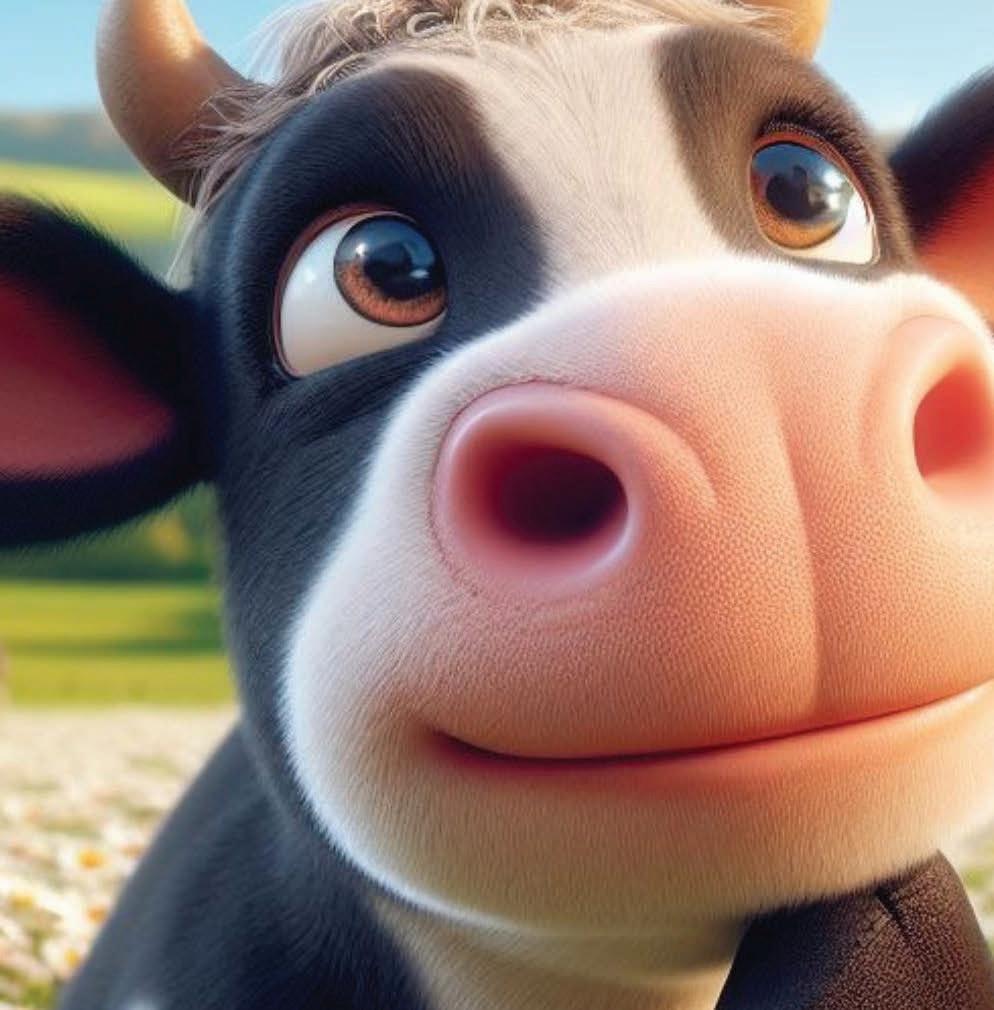
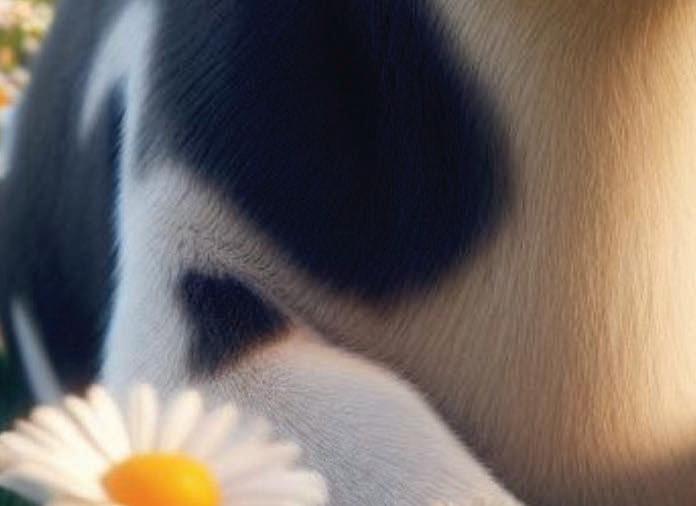








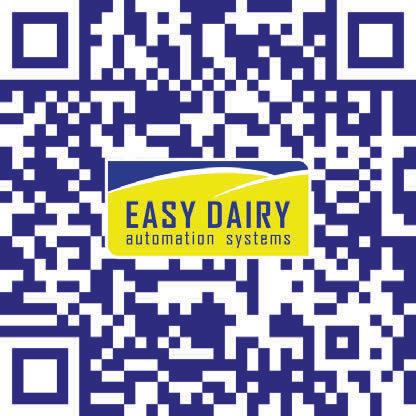
Northern district Jersey breeders were in the spotlight with the annual 2024 conference and program making its way to the region from Tuesday, May 28 to Friday, May 31.
Hosted by Northern District Jersey Breeders, the program featured a Jersey sale, farm visits, herd walks, annual general meeting and presentation dinner.
Secretary Pat Nicholson said the program was jam-packed.
“It’s a great opportunity for us to showcase our region and our Jersey herds,” Pat said.
“There are some really well-known breeders in northern Victoria who have bred some outstanding cows over the years.”
The program kicked-off with a herd walk and Jersey sale at Brookbora in Tennyson on the Tuesday.
The 60th Anniversary Edition –Brookbora Jerseys Invitational Sale
included 74 elite lots from Brookbora and invited breeders.
Daniel Bacon from Brookbora said the goal of the sale was to offer something for everyone — from enthusiastic young breeders right through to passionate, established breeders looking to expand their breeding program.
Auctioneer Brian Leslie said the line-up was “unbelievable” and one of the most complete offerings of dairy cattle ever offered in one catalogue, on the one day, in this country.
Wednesday saw herds from Lockington and Rochester on display including Benlock, Royals Green Jersey and Craigielea.
On Thursday, the tour headed to Tongala and Stanhope, featuring herds from Windy Ways, Golden Dreams and Jugiong.
The Jersey Australia presentation night was held Thursday night at Morrisons
Winery, followed by the AGM on Friday morning at Dungala.
“We have tried to cater for everyone and everything and I think this program has a good mix — from the sale to the farm walks and social events — there is something for everyone,” Pat said.
He said there was a bit of a buzz around Jersey breeders at the moment, with the breed’s popularity increasing significantly over the past few years.
“The percentage of Jerseys in herds across the country is on the rise which has pushed up the dollar value of our stock, along with demand for semen.
“The Australian Jersey industry is also in the spotlight with overseas breeders looking to us for our genetics.
“Combine that with the previous couple of years where there has been some surplus cash around and the ability to get some big jobs done, and we are sitting in a pretty good place.”
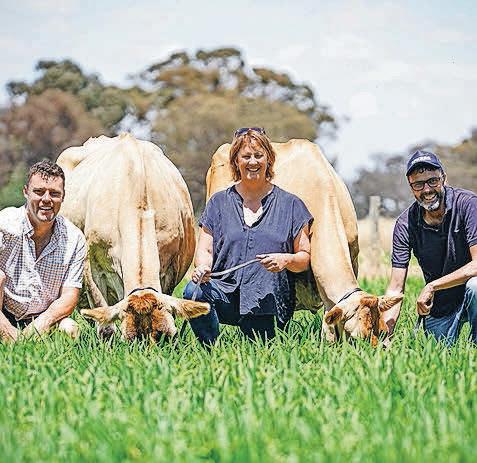
HOLSTEIN AUSTRALIA recently held an open day to showcase updates to the classification system and post-visit reporting.
Hosted by Suz and Rob Gundry at Gunwilla Park Holsteins, Gunbower, the day included a demonstration, Q and A session, lunch, and finished off with a herd walk.
Holstein Australia chief executive officer Rohan Butler said the update has been all about improving the classification process and turnaround time with two major changes implemented — hand held units replaced by tablets and presentation and usability of classification data.
“At the conclusion of each visit the class report can now be sent direct from the classifier’s tablet,” Rohan said.
“This addresses a key issue for members and for us as an organisation, with the age of the software behind the old system often leading to reporting delays.
“Among major changes, members will be able to view clear colour-coded reports on their results including top five animals by composite, herd inventory by lactation, and top and bottom traits across their herd and where this sits against the ideal and breed average.”
Rohan said the feedback to date had been positive, with the breeder development committee giving the new reports the thumbs up.
“These changes have all been about delivering transparent and unbiased information to our breeders as efficiently as possible, improving delivery time and access.”
Datagene’s Peter Thurn said class data remains increasingly important.
“This allows us to predict the genetic merit of young stock coming through and allows to continually update and validate our genomic models,” Peter said.
He said the changes will not affect genomics as such but will be better for registered breeders.
“This will flow onto bull breeding — the values are not going to change, which is good because farmers are always looking for consistency and I think these changes will help with that.”
Rob Gundry said it was pleasing to see so many breeders come out to the farm.
“It has been a great day and the changes will
be great moving forward,” Rob said.
He said the day also allowed some breeders to air their concerns around genetics and the direction the industry is moving in.
“It is always good to listen to other people’s concerns.”
Gunbower dairy farmer Stu Modra took his teenage daughters Astre and Kendall along so they could learn a bit more about cow confirmation and how the classification system works.
Both Astre and Kendall, along with their cousin Hannah Dee, ran their own team at International Dairy Week this year and came away with a Holstein reserve intermediate champion win with Clydevale Doc Cleavage.
With the system now live, Rohan said Holstein Australia ws willing to host further events in other locations.

 Daniel and Sandra Bacon are continuing the family’s farming dream at Brookbora Jerseys, despite losing Robert (right) to cancer last year. The three are pictured with Brookbora’s two original EX94 cows, Brookbora TBone Bonita and Brookbora Vanahlem Estelle EX94.
Photo: Simon Tognola
Daniel and Sandra Bacon are continuing the family’s farming dream at Brookbora Jerseys, despite losing Robert (right) to cancer last year. The three are pictured with Brookbora’s two original EX94 cows, Brookbora TBone Bonita and Brookbora Vanahlem Estelle EX94.
Photo: Simon Tognola
IF YOU’RE wondering who put the ‘business’ in agribusiness, look no further than Merrigum local and restaurateur turned dairy farmer, Jane Snell.
“I am originally from the city; my parents are restaurateurs — we love our food, wine and fine dining,” Jane said.
“I managed one of their restaurants, which meant I looked after the business, HR and training side.
“I now live with my husband, and we are sharefarming as part of a succession plan.
“I’ve found it easy to transition to sharefarming because of my business background.
“I’m certainly more interested in that part of dairy farming and currently studying an Associate Degree in Agribusiness.”
Jane has recently returned from the 2024 Gardiner Foundation New Zealand Study Tour.
Beginning in Christchurch, Jane and 11 other dairy farmers and dairy industry professionals visited New Zealand’s South Island to explore its dairy sector and develop their leadership skills.
She said one of her biggest takeaways from the tour was how much the New Zealand dairy industry relies on data and meeting targets.
“They are so into their KPIs and ROIs,” Jane said.
“If they are not meeting their targets, it signifies that they need to do something about it immediately.
“New Zealand are such an export country for dairy and their profit margins are much

slimmer than in Australia.
“In Australia, we’re guaranteed a milk price, so we don’t tend to rely on the data as much. The biggest difference I noticed was they are more business-first, whereas we are more farmer-first.
“Again, this is due to their reliance on exports. For example, if Fonterra, who has 85 per cent of the milk pool, respond to a market change, then overnight the industry must follow.”
Jane said the Australian dairy industry can take a lot from this.
“Responding to the market is an enticing way to modernise farms and be more sustainable due to consumer demand,” she said.
“We will eventually go there as an industry, so it is important to get this insight and see
how they are managing it across the Tasman.”
Leesa Chen, who also participated in the study tour, also noted the data-driven nature of the New Zealand dairy industry.
“It was very much regulation and export-orientated, everyone’s thinking about what their global customers are expecting and how to uphold that competitive advantage,” Leesa said.
“When we visited the demo farms and looked at research output, the focus was on how it can be applicable and how it could be commercialised. There was a data point for everything.”
Leesa is a strategy adviser for a leading dairy processor. She has advised across the endto-end dairy supply chain from processors
through to retailers and key government departments.
Leesa said the trip reenergised her view of the industry.
“The challenge after participating in a leadership program is then thinking about how you can apply the learnings to your day to day. In terms of my role and strategy, it has given me time to reflect,” she said.
“One thing I did appreciate is how they don’t refer to their industry as ‘agriculture’ or ‘dairy’ — it’s ‘food and fibre’ and people are at the heart of that.
“They are very conscious about the reputation of farming and very proactive about collaborating across sectors.”
While Jane and Leesa come from different parts of the industry, they both benefited from seeing a different side of farm management.
Leesa said it helped her better understand how farmers think, and Jane picked up a few ideas to implement on-farm.
• Activates her natural systems to elevate blood calcium during transition Without Effort ow health natural systems to elevate during transition sting grown pasture, hay and silage
“I’m buying a plate meter. We’re in northern Victoria, so very dependent on water and soil, and I really learned the importance of pasture management on the trip,” Jane said.
“We were originally a 100-cow farm, now we’re at over 400.
“I now need to know how much pasture there is, do I need to supplement their feed and what’s the quality of the feed.
“Seeing how they are doing this in New Zealand gave me direction on how to apply this on our farm.”




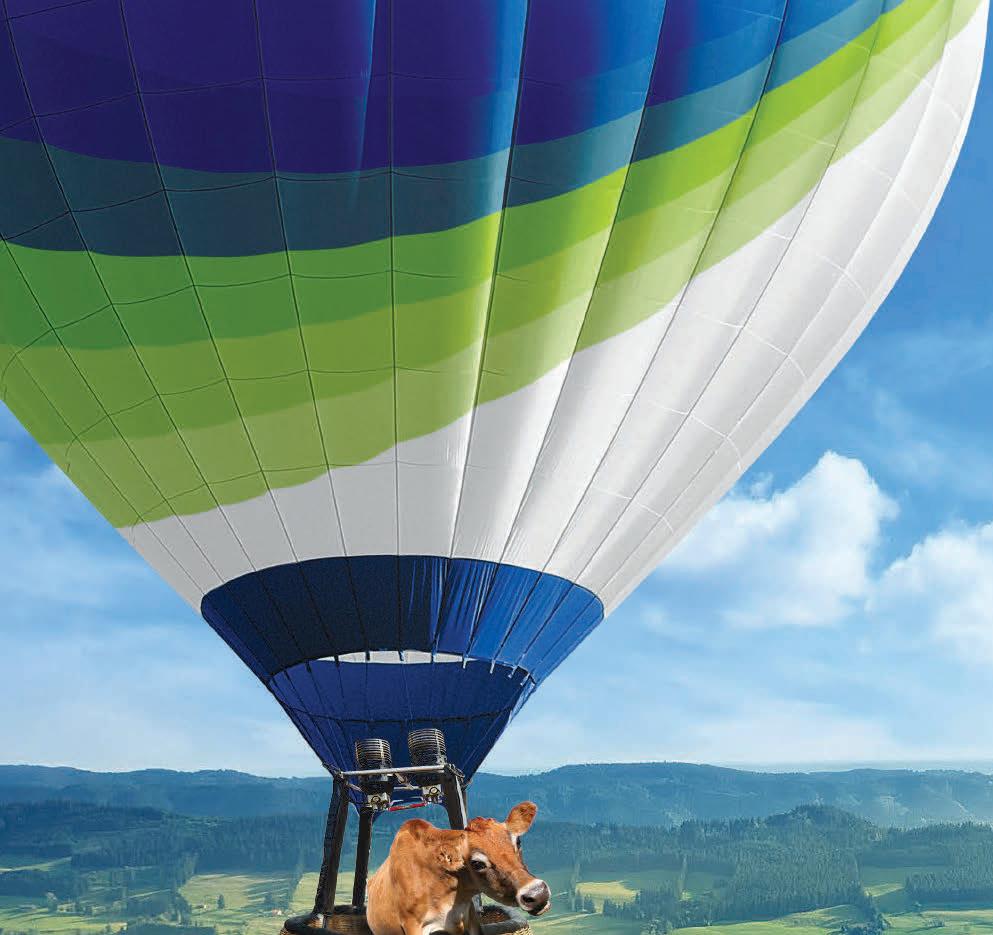





• X-Zelit allows springers to calve on homegrown feed such as directly grazed pasture, ryegrass silage and pasture hay






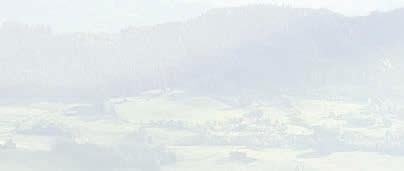
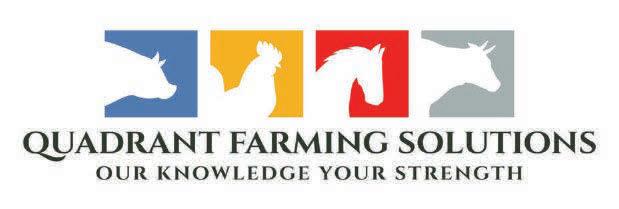





eed used in

• Add it to your existing concentrate feed used in the dairy or tip it into your mixer wagon
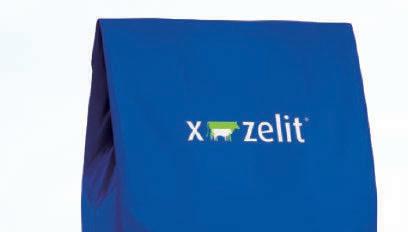
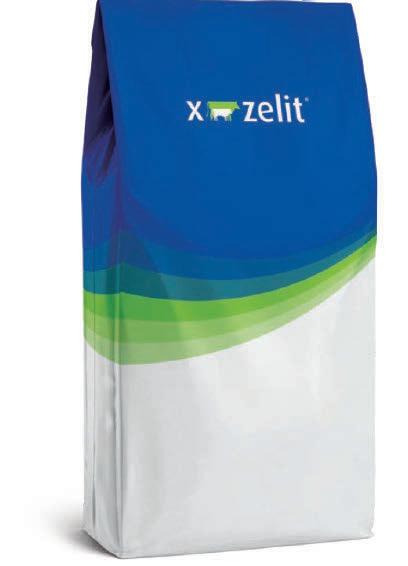
IN
PARTNERSHIP with North East Catchment Management Authority, Dairy Australia has been working on tackling soil acidification, reducing nutrient leeching and improving production.
This project is part of the broader Department of Energy, Environment and Climate Actionfunded ‘Our Catchments, Our Communities’ Lower Kiewa Stewardship Project.
Soil acidification has been an issue for many soil types across north-east Victoria and an increase in summer cropping, hay and silage production and off-paddock feeding has increased the acidification process.
Acidification is a threat to agricultural productivity and environmental sustainability. As acidity increases, soil health deteriorates.
Remediating the issue is not a single intervention but part of a long-term strategy to remain profitable every year while setting a sustainable plan for building overall soil health.
Working with local agronomist Darren McCormick, six participating dairy farmers developed tailored individual strategies for their dairy business.
The management plans ensure what is being done on the farm today can continue into the future and that the Lower Kiewa remains in good health.
By assessing soil nutrient levels, understanding productive demands, nutrient loads, soil health and constant monitoring and evaluation, the plans have set a road map for success.
Increasing production and the removal of organic matter from the paddock in the form of

milk, forages and effluent needs to be replaced to ensure soils in this region, already prone to acidification, do not crash.
Getting the balance right, so soils are improved, and farms remain productive and profitable while ensuring excessive nutrients do not leech from the land, is a complex and dynamic problem.
To ensure ongoing success, farmers received training to monitor, diagnose and take proactive
steps to maintain a positive trajectory for the land they manage.
Physical properties of soil also play a big role in ensuring the ongoing health of farms and the broader catchment, so the project covers soil structure, erosion control measures, buffer strips, stocking rates and paddock/pasture management in addition to looking at the chemical properties.
By prioritising practices that enhance soil
health, minimise nutrient leaching, and optimise fertiliser use, farmers can sustainably maintain production levels while reducing their environmental footprint.
Investing in soil health today ensures fertile and resilient soils, which is why the Lower Kiewa Stewardship Project identified the importance of working with productive farms as a key to the ongoing health of the region.
– From Murray Dairy.
